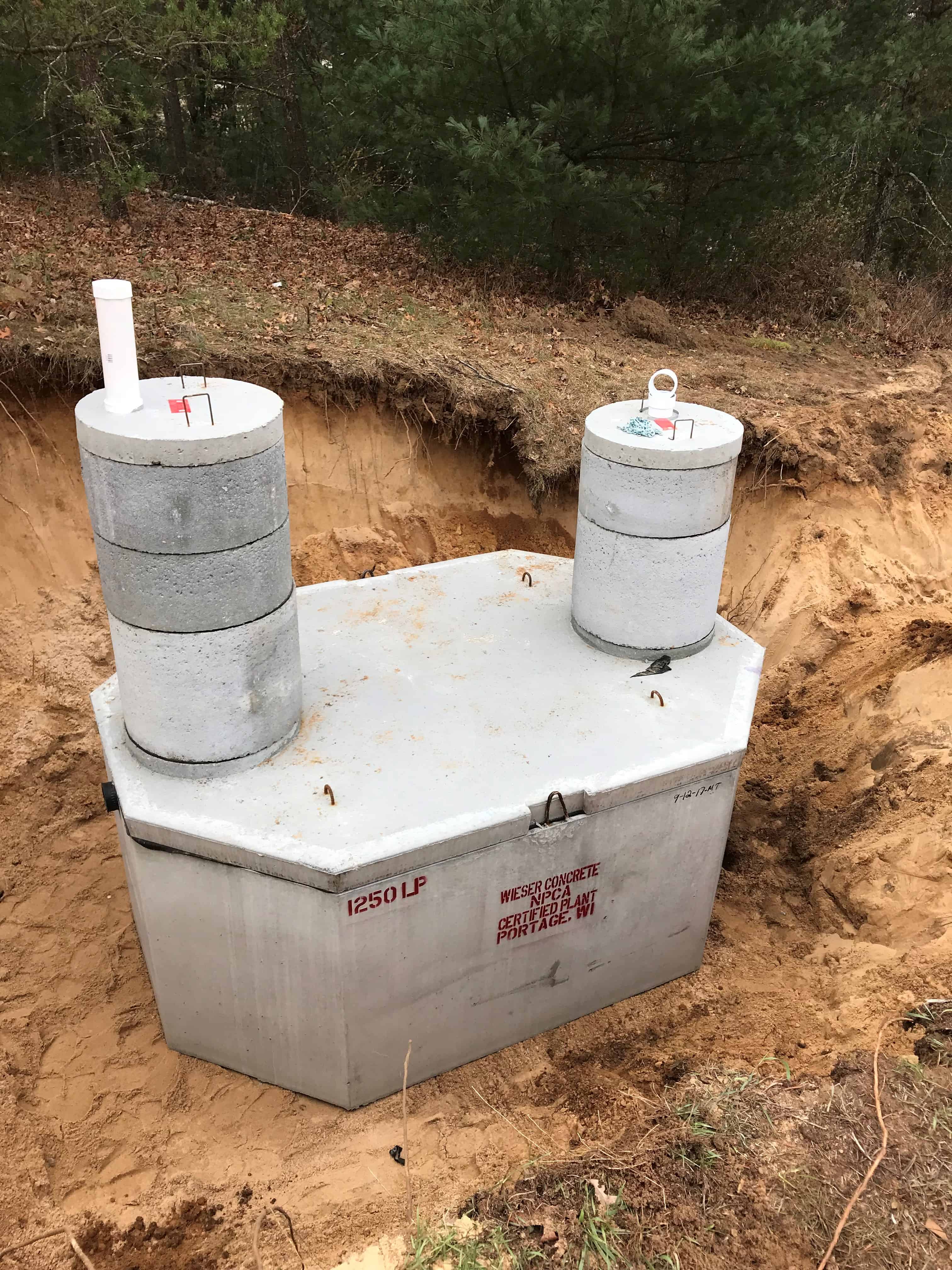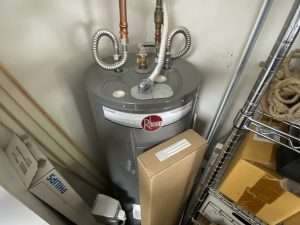How Does a Septic Tank Work? Quick Guide
A septic tank is an essential component of a plumbing system that is commonly used in rural and suburban areas where a centralized sewer system is not available. Understanding how a septic tank works is important for homeowners who rely on this system to dispose of household wastewater properly.
Septic tanks are underground structures that collect and treat wastewater from the bathroom, kitchen, and laundry areas of a home. They are designed to separate solid waste from the liquid and allow the liquid effluent to be absorbed into the surrounding soil through a drain or leach fields. This article will provide an explanation of how a septic tank works.
1. Wastewater Collection
The septic tank receives all the wastewater generated in a household. This includes water from toilets, sinks, showers, and appliances like washing machines and dishwashers. The wastewater enters the tank through an inlet pipe, which is usually connected to the main plumbing system of the house. Once inside the tank, the wastewater settles into layers based on its density.
2. Solid Waste Separation
As the wastewater enters the septic tank, gravity allows the heavier solid particles, known as sludge, to sink to the bottom. These solids undergo anaerobic decomposition by bacteria present in the tank. Lighter materials, such as grease and oil, float to the top forming a scum layer. The separation of solid waste is an important process that allows for effectively treating wastewater.
3. Liquid Effluent Treatment
After the solid waste settles at the bottom of the septic tank, the liquid effluent remains in the middle layer. This partially treated wastewater undergoes further treatment through a biological process. Bacteria within the tank break down organic matter, reducing the concentration of harmful pathogens and other contaminants. This treatment helps to protect the environment and ensure the safe disposal of the effluent.
4. Drain Field Absorption
The treated liquid effluent exits the septic tank through an outlet pipe, which leads to a drain field or leach field. The drain field is a network of perforated pipes buried in the soil. These pipes distribute the effluent evenly across a designated area, allowing it to percolate through the soil. The soil acts as a natural filter, removing any remaining impurities from the effluent before it reaches groundwater.
5. Maintenance and Care
Proper maintenance and care of a septic tank are essential to ensure its longevity and optimal performance. Regular inspection and pumping of the tank every 3-5 years, depending on usage, is recommended. Additionally, minimizing the use of harsh chemicals and avoiding the disposal of non-biodegradable items down the drain can help prevent system failures.
Conclusion
A septic tank is a vital and efficient system for the treatment and disposal of household wastewater in areas without access to a centralized sewer system. By understanding how a septic tank works, homeowners can take the necessary steps to maintain and care for their system properly. Regular maintenance, responsible water usage, and following local regulations are key to a well-functioning septic tank and a healthy environment.
Remember to consult with professionals for specific guidance related to your septic tank system.










